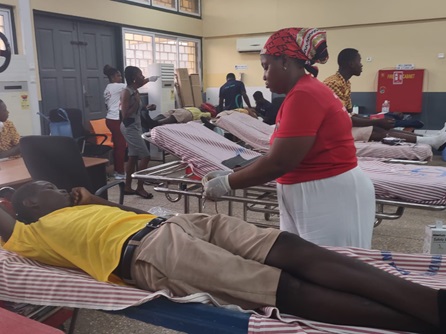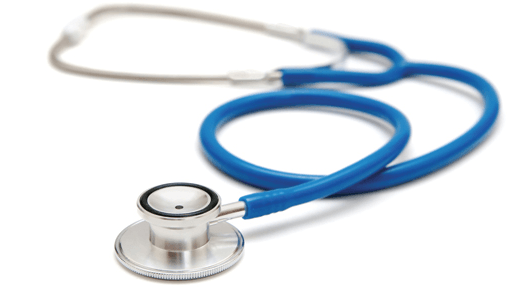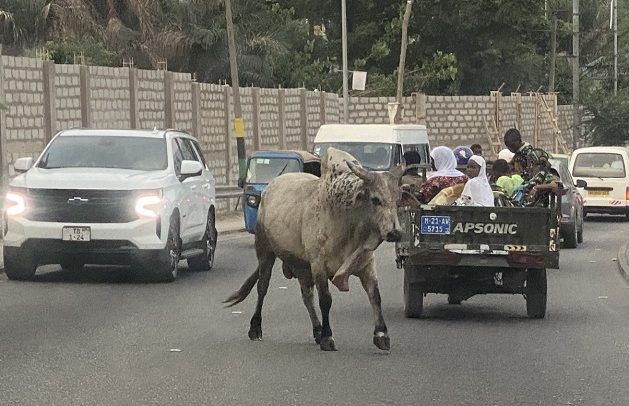
If you see blood in your stool or toilet paper, you might be concerned. But while blood in stool can signal a serious problem, it isn’t always the case.
Here’s what you need to know about the possible causes of bloody stools and what you and your doctor should do if you discover a problem.
What Does Blood in Stool Look Like?
Blood in stool can appear in different colors depending on where it’s coming from:
- Bright-red blood: You’re bleeding in the lower part of your colon, rectum, or anus. The rectum connects your colon to your anus. The anus is the opening in your body through which your poop comes out.
- Dark-red or brown blood: You’re bleeding in the higher part of your colon or in your small intestine.
- Black (aka melena): You’re bleeding in your stomach, for instance from a stomach ulcer.
Sometimes, you won’t see any bleeding in your stool, but it might be visible under a microscope. This is called occult bleeding.
Some foods can change the color of your poop. This doesn’t mean there’s blood in your stool; your stool might just take on a different color when you eat foods such as beets, tomatoes, or blackberries, or take supplements such as iron or some multivitamins.
Causes of Blood in Stool
Blood in stool means there’s bleeding somewhere in your digestive tract. Sometimes, the amount of blood is so small that it can only be detected by a fecal occult test (which checks for hidden blood in stool). At other times, it may be visible on toilet tissue or in the toilet after a bowel movement.
Possible causes of blood in stool include:
- Hemorrhoids. Also known as piles, hemorrhoids are the most common cause of bloody stool. These are swollen veins inside your bottom, which sometimes cause the skin in that area to break and bleed. It’s caused by activities such as straining to poop (constipation) or heavy lifting. An itching bottom or pain can be a sign of hemorrhoids.
- Anal fissure. This is a small cut or tear in the tissue lining the anus similar to the cracks that occur in chapped lips or a paper cut. Fissures are often caused by passing a large, hard stool and can be painful.
- Inflammatory bowel disease (IBD).If you have bloody diarrhea and pain that goes on for weeks, along with weight loss, IBD might be the reason. This long-term condition inflames parts of your digestive tract. Experts aren’t sure exactly why that happens. There are two main kinds of IBD: ulcerative colitis and Crohn’s disease.
- Ischemic colitis.This is when blood flow to your colon slows down or stops. The lack of oxygen causes damage to your intestine. The blockage can happen slowly over time, such as when cholesterol builds up in your arteries. Or it can happen all of a sudden from a blood clot or from a serious drop in your blood pressure. It can lead to bloody diarrhea and is usually accompanied by abdominal pain. The pain usually worsens when you eat.
- Diverticular disease.Diverticula are small pouches that project from the colon wall. Usually, diverticula don’t cause problems, but sometimes they can bleed or become infected.
- Sexually transmitted infection (STI). STIs such as gonorrhea, chlamydia, syphilis, and herpes can cause inflammation and bleeding from your rear end. Bleeding can also be a result of damage from anal sex.
- Blood thinners. Drugs meant to prevent blood clots, such as warfarin or aspirin, can make your stool dark, but there is usually no pain associated with it.
- An infection in the stomach or intestines from a virus or bacteria (such as when you have food poisoning) can cause bloody diarrhea, along with nausea and vomiting. Bacterial infections that can cause bloody diarrhea include E. coli., salmonella, shigella, and campylobacter. An infection doesn’t usually last more than 2 weeks and won’t come back after it gets better unless you catch the same infection again.
- Endometriosis. A sign of endometriosis is bleeding from your bottom. Women and people with female anatomy get endometriosis when tissue similar to that in the lining of the womb grows in other places, such as your fallopian tubes and ovaries. The tissue becomes inflamed and bleeds when you have your period.
- Gastrointestinal bleeding
This is a sign of a problem in the gastrointestinal (GI) or digestive system. You’ll either have overt (easy to see) or occult (not easy to see) signs of GI bleeding. It could happen in your upper or lower digestive system. “Upper” refers to body parts such as your esophagus and stomach. “Lower” refers to body parts such as your colon, rectum, and anus.
Source: webmd.com
The post Causes of Blood in Stool (Hematochezia) appeared first on The Chronicle News Online.
Read Full Story
























Facebook
Twitter
Pinterest
Instagram
Google+
YouTube
LinkedIn
RSS